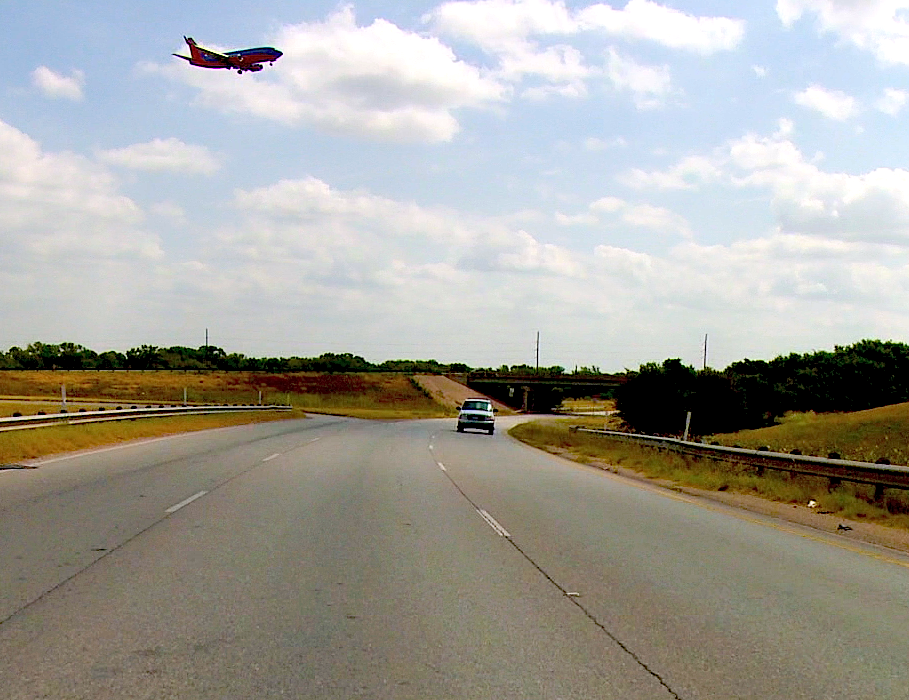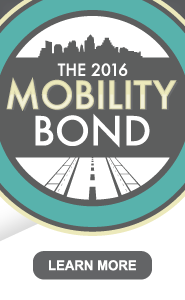View a map of the Projects of Regional Significance
I-35: Capital Area Corridor 
The I-35 Corridor Implementation Plan, developed by TxDOT in partnership with the City of Austin and other regional transportation agencies, identifies projects that can be constructed to reduce congestion within the I-35 Corridor and improve freeway efficiencies. The next projects would allow for construction of key interchanges and access roadways along I-35 including:
- Downtown Access Roadway and Riverside Interchange: This project would develop new access ramps to/from downtown Austin with circulation and distribution lanes between Riverside Drive and approximately East Cesar Chavez Street. This project allows for future transit and highway capacity additions in the I-35 Corridor.
- Oltorf, Stassney, and William Cannon Overpass and Interchange Replacements: These projects would reconstruct frontage road access and intersections at each of the arterials. Work may include replacing the existing arterial overpasses, adding U-turn structures and other safety improvements.
- US 183 Fully-Directional Interchange Completion: This project would connect the north and east ramp pairs, providing direct access between North I-35 and US 183.
- Regional Transportation Management Center and I-35 Integrated Corridor Management: This project would include using new technologies that would initially focus on the I-35 Corridor to manage peak hour traffic flow, construction activities, crash- and weather-related diversions as well as special event surges. Data from the new management center would provide actionable pre-trip and en-route traveler information. Improved signalization and traveler information systems in surrounding, parallel and feeder arterials are also included.
Improved Connectivity to Austin-Bergstrom International Airport 
- SH 71 Direct Connectors to ABIA: This project would provide additional access to the airport for automobiles while also constructing portions of track bed, structures and drainage necessary for a potential future Urban Rail extension to Austin-Bergstrom International Airport.
- US 183/Riverside Interchange: This project would include a new grade-separated overpass at US 183 and Riverside Drive to remove turn conflicts at the existing intersection and provide structure for a potential future Urban Rail extension to Austin-Bergstrom International Airport.
Regional Safety and Corridor Development Programs
- Loop 360 Corridor Development Project (Ben White Boulevard to Loop 1 North): This project would be a partnership with TxDOT and other agencies to discuss, identify and design safety and mobility enhancements.
- RM 620 and RM 2222 Corridor Development Project (Lakeline area to Steiner Ranch and Four Points area to Loop 360): This project would evaluate the mobility needs on the western edge of Austin including safety and congestion issues within the RM 620 and RM 2222 corridors.
- FM 734 Parmer Lane Corridor Development Project and Safety Program (Approximately Avery Ranch Road to US 290): Thise corridor development and safety program would examine the extent of Parmer Lane within the City of Austin to identify and address, where possible, safety and congestion issues requiring near- and mid-term resolution.
- RM 1826 Corridor Safety Program (Slaughter Lane to US 290): The City of Austin in partnership with Travis County, TxDOT, the Central Texas Regional Mobility Authority and Capital Metro is investing in interim safety and mobility improvements to the US 290/SH 71 corridor in the vicinity of the Y at Oak Hill. This project would be an extension of projects underway and would examine existing as well as potential safety and mobility issues in the corridor and provide for the construction of some elements.
- Lamar Boulevard High-Capacity Transit Feasibility Program and Corridor Development Program (Riverside Drive to US 183): The Lamar Boulevard High-Capacity Transit and Corridor Development Program would examine opportunities to improve mobility on the central portion of the Lamar Corridor and to coordination with and build upon the high-capacity transit system.
- Mueller High-Capacity Transit and Corridor Development Program (Hancock Center to Mueller Community): The Mueller High-Capacity Transit and Corridor Development Program would identify options for high-capacity transit connecting the Mueller community to the University of Texas/downtown Austin activity centers.
- Seaholm High-Capacity Transit and Corridor Development Program (Convention Center to Seaholm and West Austin): The Seaholm High-Capacity Corridor Development Program would examine potential roadway improvements and high-capacity transit options to connect the Austin Convention Center with the MetroRapid Bus Rapid Transit service in the Guadalupe and Lavaca corridors as well as the planned future regional rail investments in the MoPac corridor.
- South/Southwest High-Capacity Transit Corridor Development Program (Downtown Austin to Hays County): The City of Austin has partnered with regional transportation agencies to bring high-capacity transit options to South and Southwest Austin. This project would include an examination of the MoPac South Corridor, serving Circle C and Oak Hill, and South Congress/South Lamar Corridor, serving South Central Austin.
